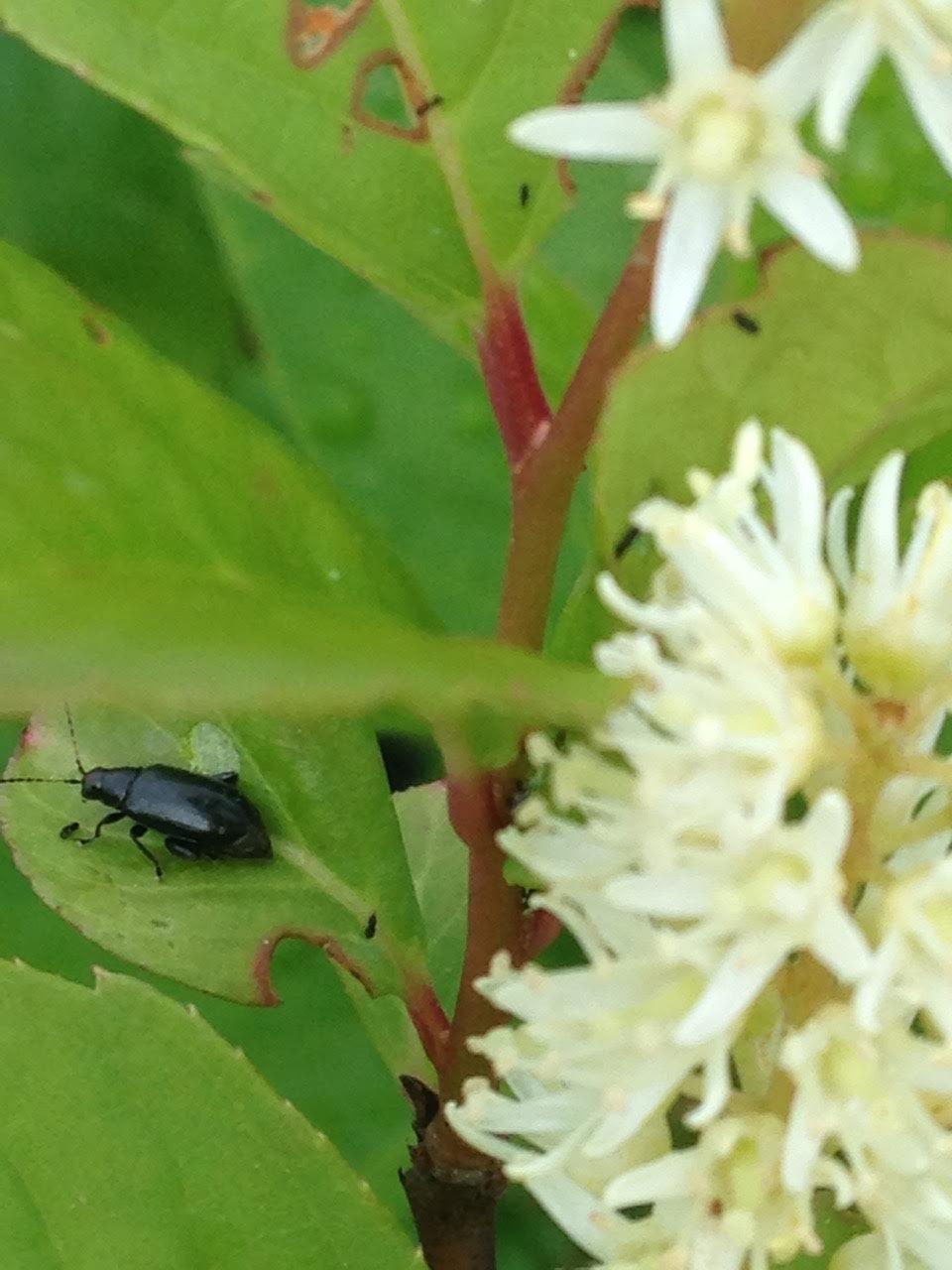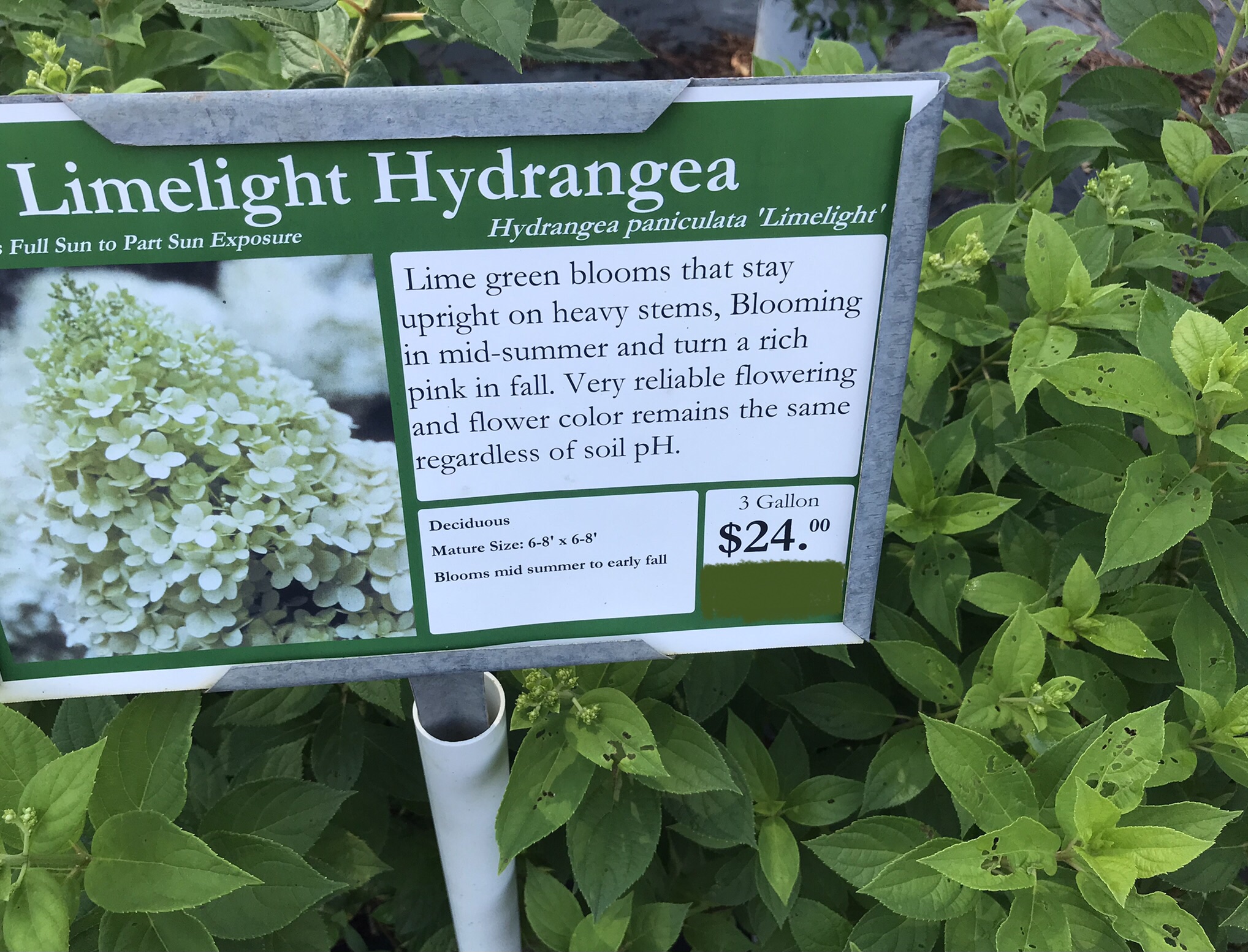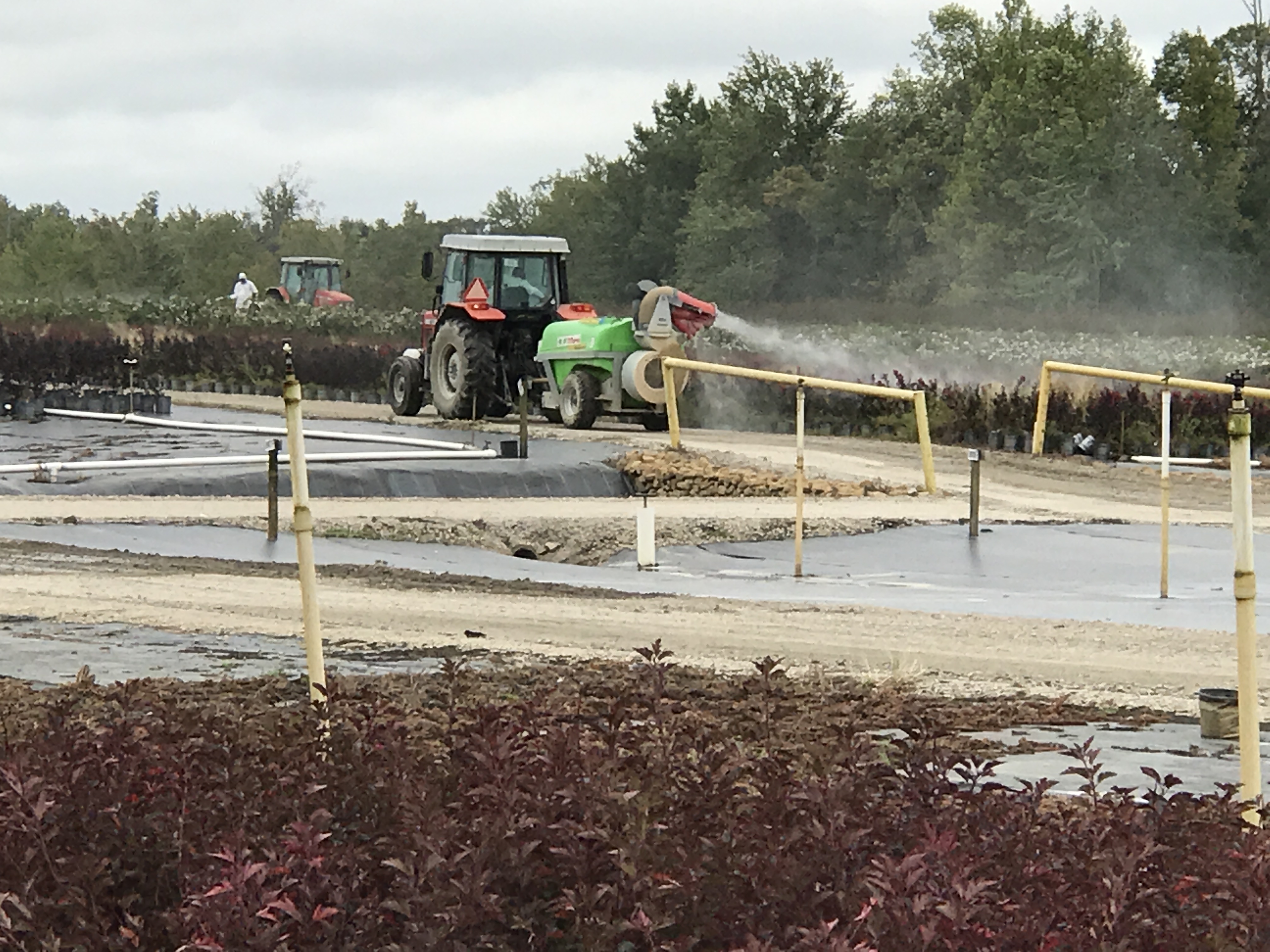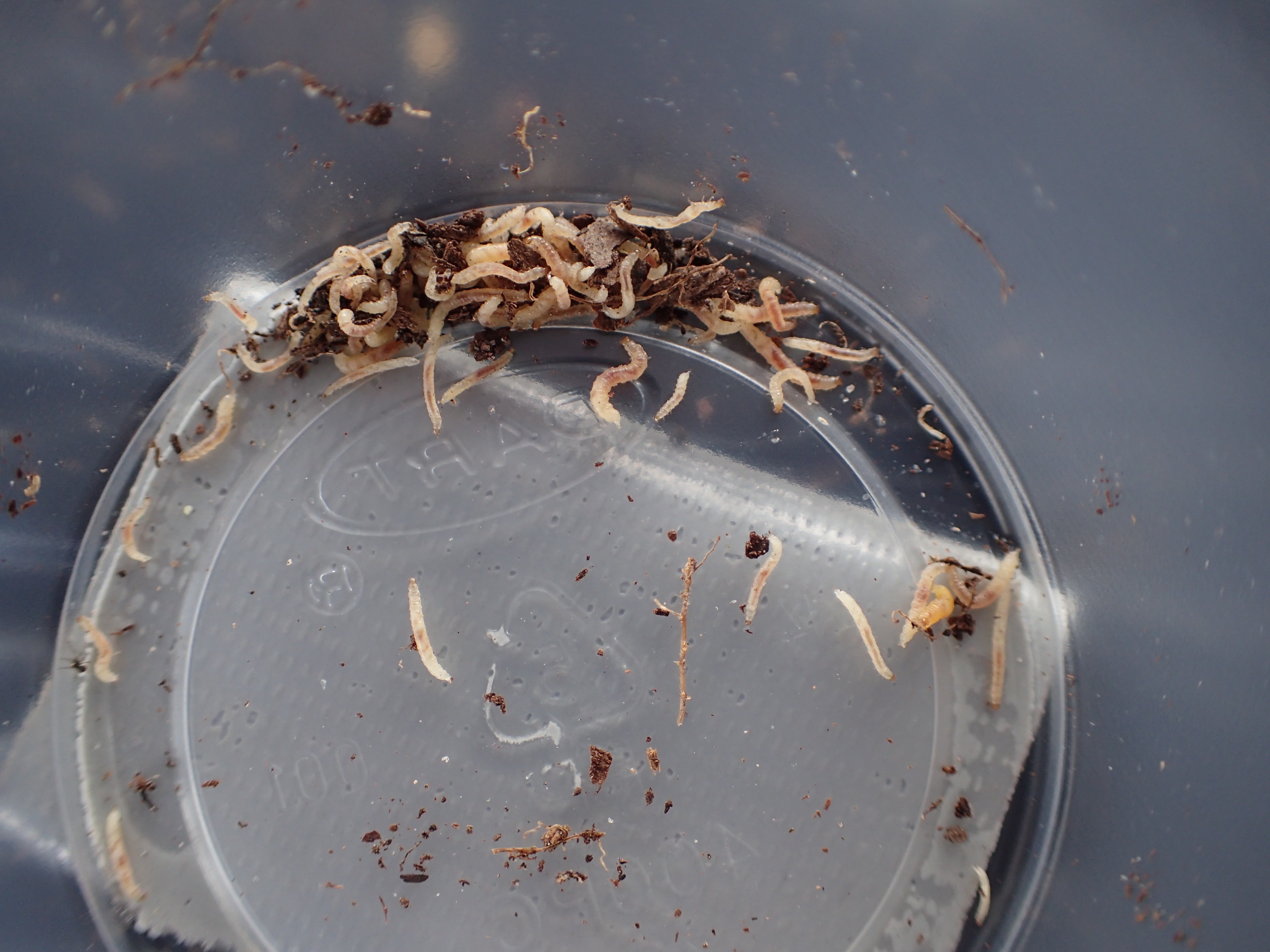Red-Headed Flea Beetle Management in Container Nursery Production
go.ncsu.edu/readext?825834
en Español / em Português
El inglés es el idioma de control de esta página. En la medida en que haya algún conflicto entre la traducción al inglés y la traducción, el inglés prevalece.
Al hacer clic en el enlace de traducción se activa un servicio de traducción gratuito para convertir la página al español. Al igual que con cualquier traducción por Internet, la conversión no es sensible al contexto y puede que no traduzca el texto en su significado original. NC State Extension no garantiza la exactitud del texto traducido. Por favor, tenga en cuenta que algunas aplicaciones y/o servicios pueden no funcionar como se espera cuando se traducen.
Português
Inglês é o idioma de controle desta página. Na medida que haja algum conflito entre o texto original em Inglês e a tradução, o Inglês prevalece.
Ao clicar no link de tradução, um serviço gratuito de tradução será ativado para converter a página para o Português. Como em qualquer tradução pela internet, a conversão não é sensivel ao contexto e pode não ocorrer a tradução para o significado orginal. O serviço de Extensão da Carolina do Norte (NC State Extension) não garante a exatidão do texto traduzido. Por favor, observe que algumas funções ou serviços podem não funcionar como esperado após a tradução.
English
English is the controlling language of this page. To the extent there is any conflict between the English text and the translation, English controls.
Clicking on the translation link activates a free translation service to convert the page to Spanish. As with any Internet translation, the conversion is not context-sensitive and may not translate the text to its original meaning. NC State Extension does not guarantee the accuracy of the translated text. Please note that some applications and/or services may not function as expected when translated.
Collapse ▲The Problem
Red-headed flea beetle (RHFB) adults, Systena frontalis, feed on many ornamentals in container nursery production making plants unmarketable due to skeletonizing or holes in leaves. I know of or have heard grower concerns with this insect throughout the Southeast, Northeast, Ohio, and Michigan. It is native to the majority of the United States, from the east coast to the Rocky Mountains. I don’t know exactly when RHFB became a problem for container nursery growers. It seems to have coincided with or followed the Great Recession of December 2007 through June 2009.
Management Challenges
Traditional management has consisted of repeated adult foliar sprays. In 2017 I surveyed eastern North Carolina (NC) growers and found that acephate, bifenthrin, carbaryl, and chlorpyrifos were most commonly used to manage adult populations by making applications from weekly to monthly depending on pressure. Growers indicated managing RHFB was their greatest production concern and their responses guided me to search for more information and conduct nursery research and demonstrations.
Life Cycle
In nature and soil-based systems, this insect has one generation per year (egg, larva, pupa, adult) and is not of concern except in North American cranberry production in the Northern US and Canada and possibly in other small fruit production. In container nursery production, RHFB may have up to 4 generations per year. I am confident that in eastern NC container nurseries there are 3 to 4. The insect overwinters as eggs in soil and substrate.
In eastern NC, eggs hatch and larvae emerge in container substrate around 400 GDD50 (Growing Degree Days with a base temperature of 50 degrees) in plants overwintered outdoors (300 GDD50 for plants overwintered in structures). Plants overwintered in structures can result in first-generation larvae detection as early as 240 GDD50 (Brian Kunkel, 2013). Larvae don’t seem to cause significant injury to plant root systems. Following a period of pupation, adults emerge beginning at 500 GDD50 from plants overwintered in structures (Brian Kunkel, 2013) and as late as 900-1000 GDD50 if overwintered outdoors in NC. Generations seem to overlap starting with the 2nd.
IR-4 Research
Research conducted for the IR-4 program from 2012-2019 by Braman, Frank, Kunkel, and Gilrein showed that foliar-applied active ingredients acetamiprid, bifenthrin, cyantraniliprole, cyclaniliprole, cyfluthrin + imidacloprid, dinotefuran, imidacloprid (granular applied exception), lambda-cyhalothrin, sulfoxaflor + spinetoram, thiamethoxam, and tolfenpyrad resulted in less RHFB damage over a 7 to 49 day period (depending on rates, varying levels of insect population and number of applications) when compared to untreated controls.
Larvae Management Research
Following extensive discussions with Dr. Brian Kunkel from the University of Delaware and reviewing his research targeting larvae management with drenches of entomopathogenic fungi (Beauveria bassiana and Metarhizium anisopliae), several products as drenches directed at active larvae in containers (dinotefuran, imidacloprid, thiamethoxam, cyantraniliprole, azadiractin, bifenthrin), and drenches with beneficial nematodes (Steinernema carpocapsae found to be most effective), I decided to conduct my own drench research targeting larvae.
My first replicated nursery trial targeting active larvae in 2017 showed that while azadirachtin (Azatin O), chlorpyrifos (Duraguard ME), cyclaniliprole (Sarisa), Isaria fumosorosea (Preferal at the time, now Ancora), and tolfenpyrad (Hachi Hachi) provided 25 to 47% control, acephate (Acephate 97UP) applied at a mix rate of 12 oz./100 gallons and drench volume of 12 fl. oz. per 3 gallon container provided 92% control of RHFB larvae. 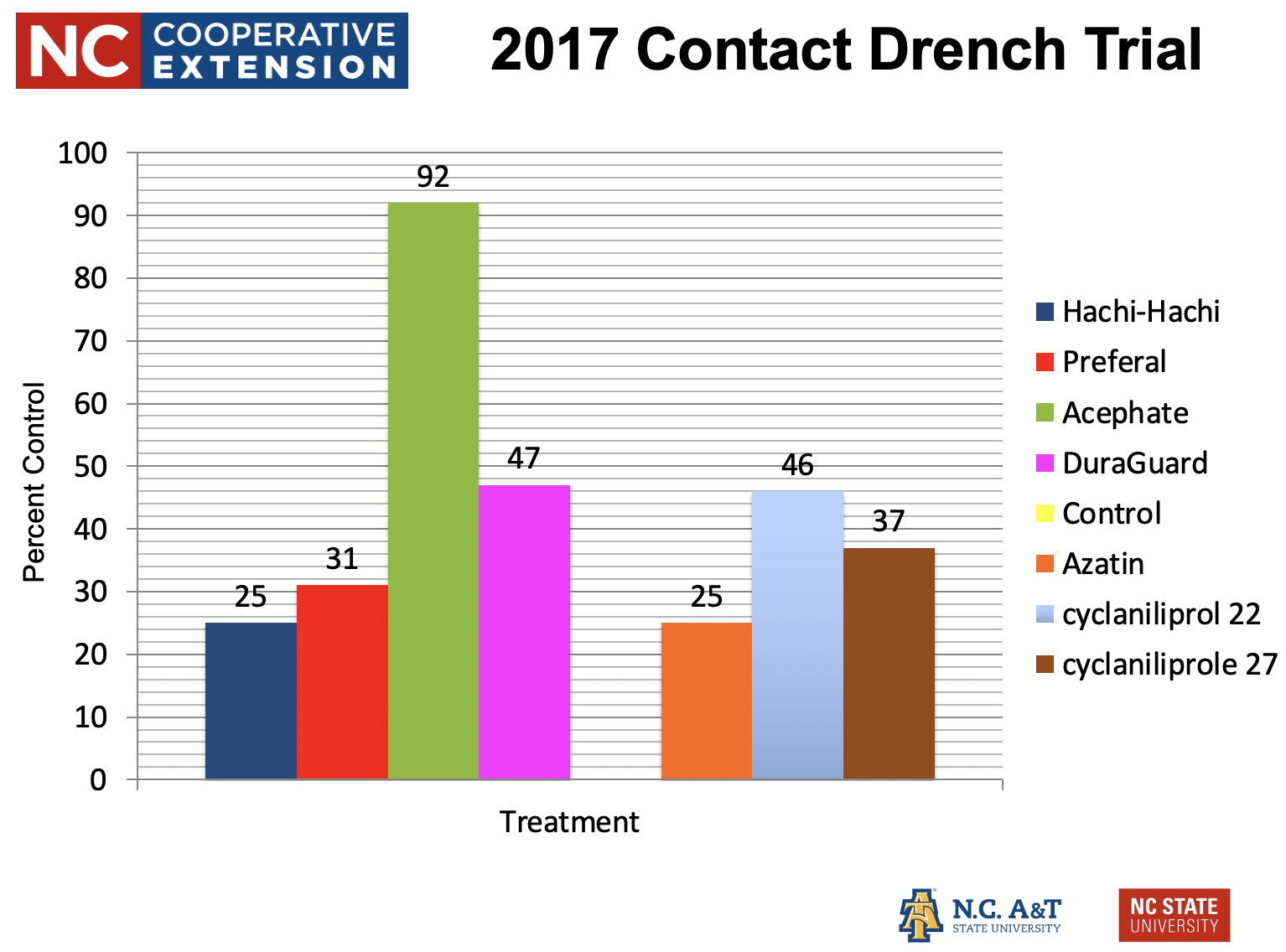
A replicated nursery trial I conducted in 2018 targeting larvae with drenches showed acephate (Acephate 97UP at 12 oz./100 gallons), chlorpyrifos (Dursban 50W at 16 lb/100 gallons- max label rate for beetles), and Steinernema carpocapsae nematodes (Millenium at 250 million nematodes/100 gallons) applied at a drench volume of 8 fl. oz. per full 1 gallon container provided 100% control of RHFB larvae. Isaria fumosorosea (Ancora), provided 94% control.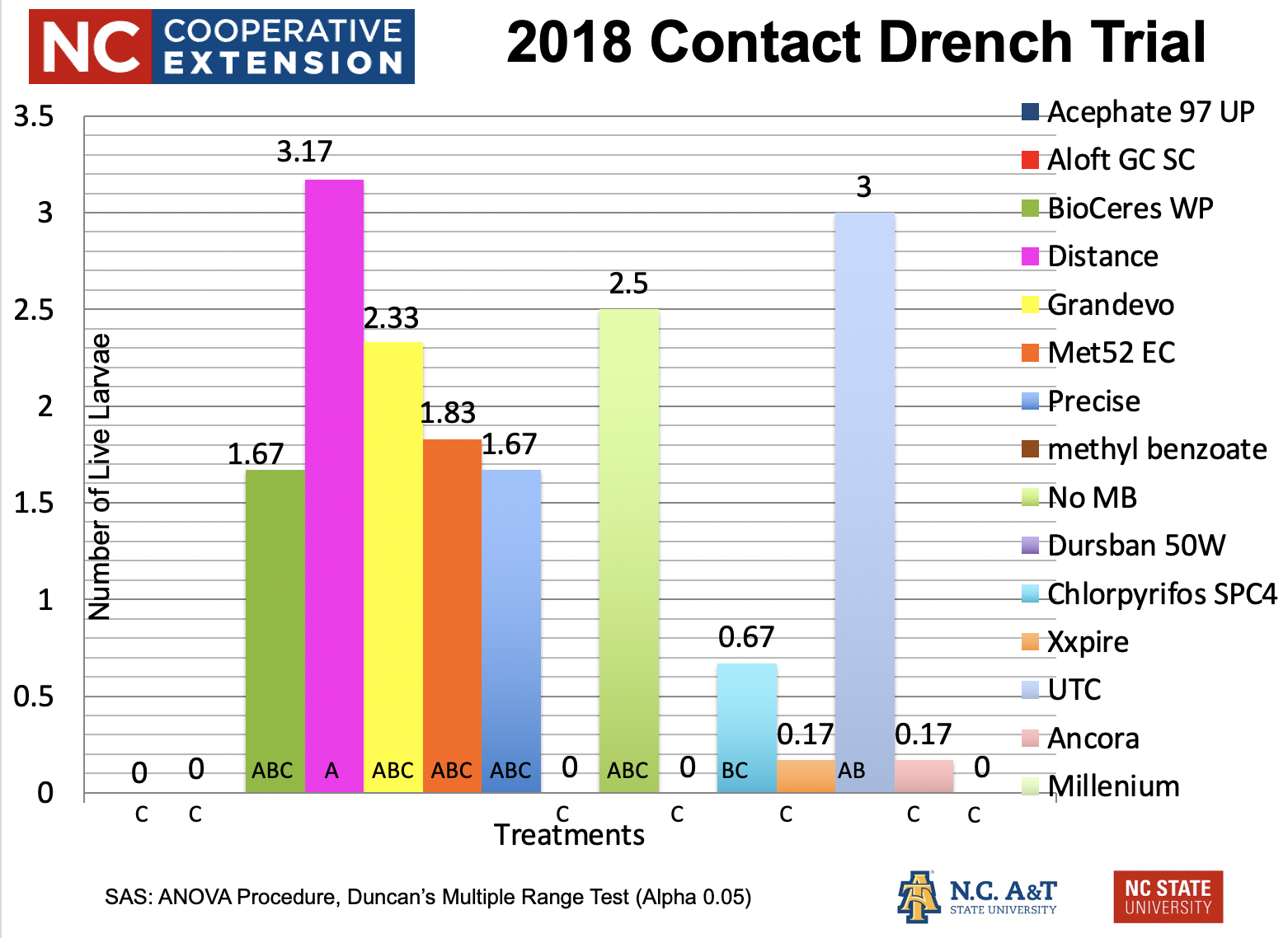
Another 2018 replicated nursery trial showed that many labeled neonicotinoid insecticides applied at their recommended rates prior to egg hatch/larvae emergence (212 GDD50) provided the best control (most 100%) and all other products significantly reduced numbers of larvae compared to the untreated control (UTC).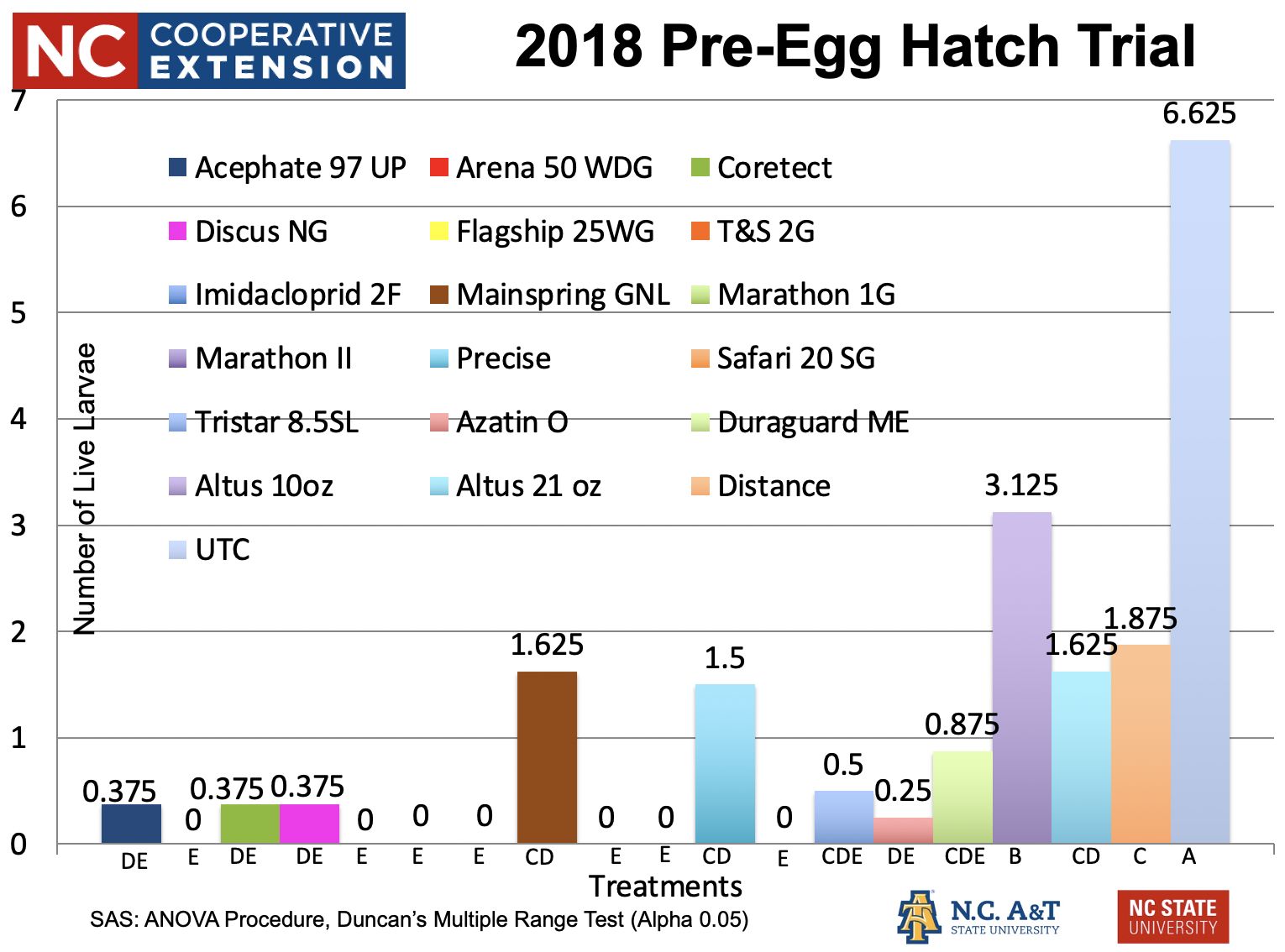
Foliar, Drench, and Potting Demonstration Findings
With heavy adult pressure, monthly foliar application of neonicotinoids or biweekly application (once every two weeks) of contact insecticides is not enough to maintain marketable plants (< 10% injury). Foliar contact insecticides often must be applied weekly to maintain marketable plants. The challenge is that many insecticide labels restrict the number of applications a year (for example carbaryl is 6) or have a maximum total rate per growing season or generation of insect. This is an opportunity to implement insecticide rotations that work within label restrictions and prevent insect resistance.
Neonicotinoids applied as drenches at potting or to existing plants prior to RHFB egg hatch/larvae emergence (approximately 200 to 300 GDD50), as granular topdress, or by granular incorporation can provide at least 60 to 90 days of adult control with less than 10% foliar injury without using foliar insecticides (depending on rate). It is important to note (due to concern of neonicotinoid use and pollinators) that many newly spring potted plants (like Itea virginica) do not typically flower during their first growing season. Many modified varieties of Hydrangea with double flowers or sterile sepals attract few bees (Mach, 2018). Also, spring or summer flowering plants that are potted in the fall will not be attractive to pollinators at the time of application.
Where are we now?
In the Eastern US RHFB Survey (Joseph et. al., 2021), we found that 72% of growers had recurring infestations over the past 10 years and species most affected were Hydrangea paniculata, Itea virginica, Weigela florida, Ilex crenata, Ilex glabra, Rosa spp., Rhododenron spp. (azaleas), Osmanthus fragrans, Cornus spp. (shrub dogwoods like silky, red-twig, and yellow-twig), Sedums, and Salvias. Growers in eastern NC have also reported damage on Viburnums, Loropetalum chinense, Forsythias, Lagerstroemias, Buddleija., Abelias, Gardenias, Guaras, Illiciums, Pyracanthas, and Myrica cerifera. Growers spend an average of $662/nursery Acre/yr. on RHFB management. 89% of growers apply insecticides against adults, 47% target larvae, 48% target adults and larvae, 11% were using Steinernema carpocapsae nematodes, and 2% were using entomopathogenic fungi. Among the growers surveyed, 36% use neonicotinoids, 23% carbaryl, 21% pyrethroids, 15% organophosphates, and 6% diamides. 54% of growers surveyed indicated they need more effective insecticides.
Management Recommendations
Start by following growing degree days in your area based on the closest weather station or record and calculate on-site. Keep a list of plant flowering at the nursery based on GGD50. This will guide scouting for first-generation larvae and adults. In eastern NC I start scouting containers for larvae in plants overwintered in protection structures around 200-300 GDD50 (redbuds in full bloom, when flowering dogwoods start blooms open), for larvae in plants overwintered outdoors around 350-450 GDD50 when Itea virginica flower buds start to swell, and for adults when older Itea virginica are in full bloom and Magnolia grandiflora start bloom around 800-1000 GDD50 (possibly earlier in plants overwintered in protection structures).
Scouting for larvae, adults, and keeping records will help determine application timing (recommendations below):
-Pre-egg hatch with neonicotinoids (drench or granular topdress available in several formulations), azadirachtin (from numerous suppliers), or cyantraniliprole (Mainspring GNL). Neonicotinoids provide the best control of larvae and adults and the longest protection from foliar injury if applied to rooted cuttings, liners prior to potting, are incorporated in the potting substrate, or are applied as a drench or topdress after potting.
-After egg hatch target larvae with products like acephate (various formulations), chlorpyrifos (various formulations), Isaria fumosorosea (Ancora) or beneficial nematodes (Steinernema carpocapsae from numerous suppliers).
-Make applications of adult foliar insecticides just prior to historical first-generation adult emergence or based on scouting susceptible crops closely and frequently.
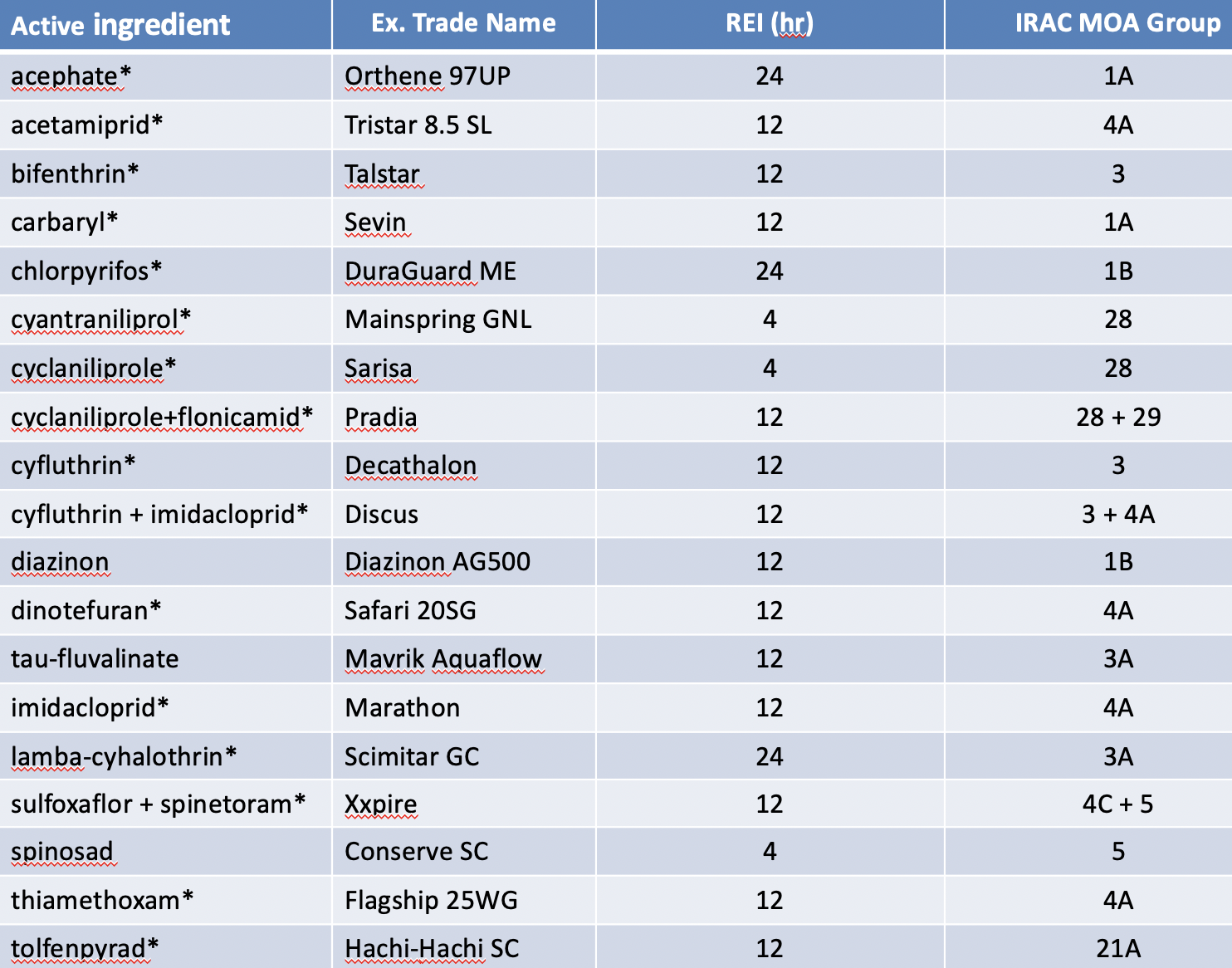
Foliar applied insecticides labeled for beetles or flea beetles. Active ingredients with an * have been proven to provide control in IR-4 trials, nursery demonstrations, and nursery research trials.
-Many foliar insecticides kill adults short-term but don’t break the life cycle. Repeat applications are needed during the summer to control newly emerging adults. Make sure to follow label instructions related to rate and a limited number of applications per acre and/or year, growing season, or generation of insect. Use a rotation of products based on their IRAC (Insect Resistance Action Committee) classification to avoid resistance.
In my experience, growers with greater numbers of susceptible plants held over from year to year have the greatest problems with RHFB. Know the most susceptible plants and manage production and inventory closely. Growers will have fewer problems with RHFB (and other pests or production issues) if plants are sold long before they have a birthday at the nursery. Consider split potting crops to fill plant sales demands throughout the year. This also provides the benefit of smaller crop blocks, lower pressure, less injury, fewer holds on sales, fewer sales credits, and prevents extra labor costs to prune and flush injured plants.
Finally, consider rotating the location of commonly susceptible plant species. Growers often put all deciduous plants in the same location year after year. Rotate those with conifer production to avoid population build-ups. This will also help with the prevention of conifer diseases, insects, and mites.





